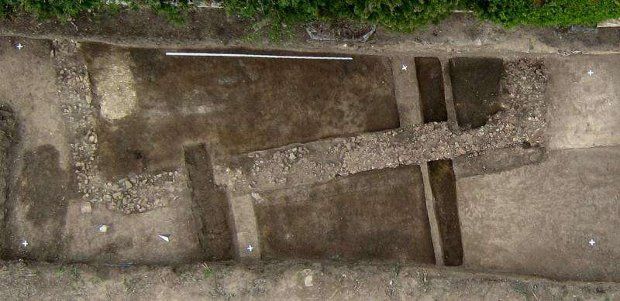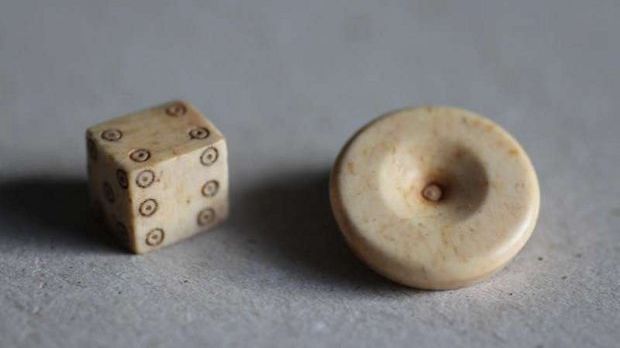In a report published this Thursday, September 17, Goethe University Frankfurt archaeologists announce the discovery of the remains of a long lost Roman village in a small town in Germany.
The remains, estimated to date back to nearly 2,000 years ago, were discovered in the town of Gernsheim in the Hessian Ried, a low-lying agricultural region included in the northeastern Upper Rhine Plain.
The village was built atop a fort
Roman artifacts have been popping up in the town of Gernsheim in Germany since the 19th century. Hence, archaeologists kind of figured out that, in ancient times, a Roman settlement most likely was established and thrived in the region.
Still, it was only over the past couple of years that Goethe University Frankfurt researchers got to work digging in the right place and eventually unearthed millennia-old remains of homes and other infrastructure.
The village that they found was established sometime around the year 120 AD. Part of it was positioned atop the foundations of a fort that once housed around 500 soldiers but that was abandoned around the same time that the village emerged.
The newly discovered Roman village was included in the province of Germania Superior. It thrived until around the year 260 AD, archaeological evidence indicates.
“We now know that from the 1st to the 3rd century an important village-like settlement or ‘vicus’ must have existed here,” said study leader Thomas Maurer in a statement.
Well then, who lived in this village?
The soldiers who established the fort atop which the village emerged just decades later arrived in the area sometime around 70 to 80 AD.
Archaeologists suspect it was the families of these soldiers who established the village. They probably had help from tradespeople who, while the fort was still in use, would sell all sorts of goods to the troops.
“A temporary downturn probably resulted when the troops left,” explained Thomas Maurer. In time, however, the village recovered.
Among the artifacts recovered at this site are bits and pieces of ceramics, a hairpin made of bone, board game parts such as dices, and even some pearls.

 14 DAY TRIAL //
14 DAY TRIAL // 

